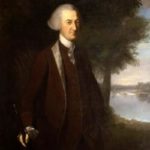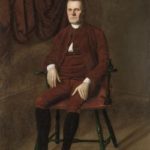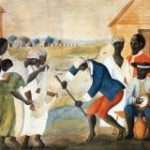This short video explains the differing perspectives that emerged about the Constitution and slavery. Some, like Frederick Douglass, believed that the Founders put slavery on the road to extinction while others, like Roger Taney, believed that the Constitution was a slaveholders’ document. Professor Gordon Lloyd contends that the slavery clauses in the Constitution both limited and expanded slavery’s impact, and that the Founders alone do not bear responsibility for slavery’s later expansion.
Famous Founders

This short video expands the definition of “famous Founder.” Men like George Washington, Thomas Jefferson, Benjamin Franklin, and James Madison are readily considered to be famous. However, Professor Daniel Dreisbach suggests that individuals such as Roger Sherman, John Dickinson, John Witherspoon, and Elbridge Gerry are equally deserving of fame and honor for their contributions during our nation’s founding era.
Act I: What Were the Various Plans at the Constitutional Convention?

This short video highlights the four plans discussed during the first two weeks of the Convention: Madison’s Virginia Plan; Sherman’s New Jersey Plan; Hamilton’s “monarchical” plan; and, finally, Madison’s amended Virginia Plan. Each plan attempted to reconcile the potential conflicts between a strong national government and strong state governments. Professor Gordon Lloyd notes that an inability to compromise resulted in a stalemate after the first two weeks.
